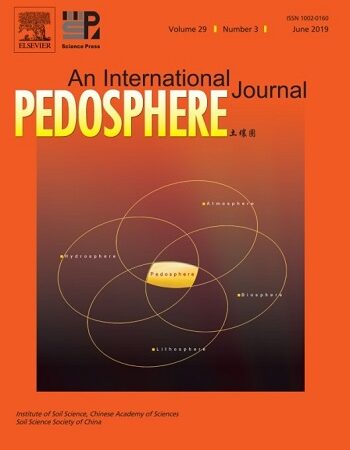
Abstract
Measuring ammonia (NH3) volatilization from urea-fertilized soils is crucial for evaluation of practices that reduce gaseous nitrogen (N) losses in agriculture. The small area of chambers used for NH3 volatilization measurements compared with the size of field plots may cause significant errors if inadequate sampling strategies are adopted. Our aims were: i) to investigate the effect of using multiple open chambers on the variability in the measurement of NH3 volatilization in urea-amended field plots and ii) to define the critical period of NH3-N losses during which the concentration of sampling effort is capable of reducing uncertainty. The use of only one chamber covering 0.015% of the plot (51.84 m2) generates a value of NH3-N loss within an expected margin of error of 30% around the true mean. To reduce the error margin by half (15%), 3–7 chambers were required with a mean of 5 chambers per plot. Concentrating the sampling efforts in the first two weeks after urea application, which is usually the most critical period of N losses and associated errors, represents an efficient strategy to lessen uncertainty in the measurements of NH3 volatilization. This strategy enhances the power of detection of NH3-N loss abatement in field experiments using chambers.








